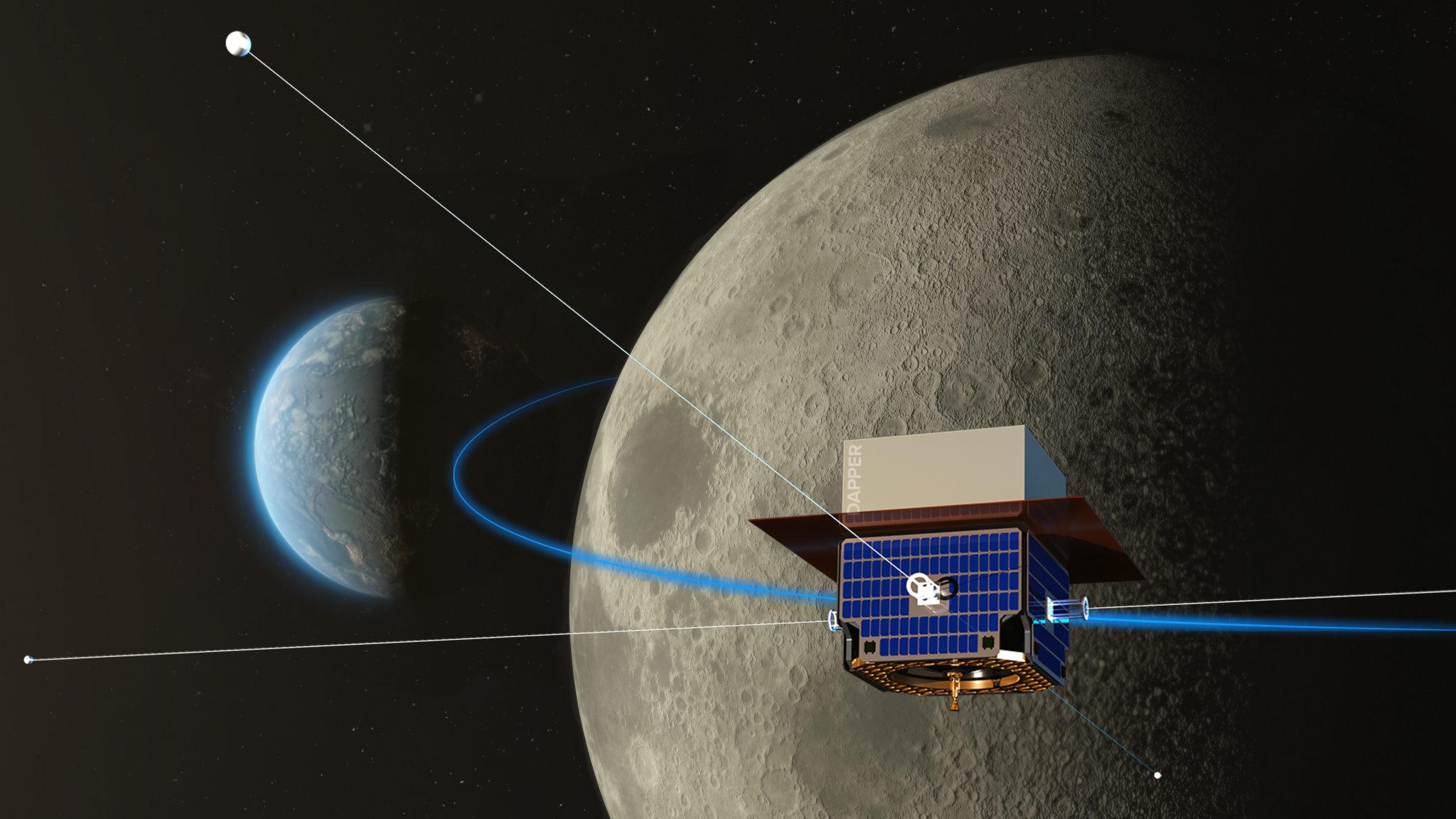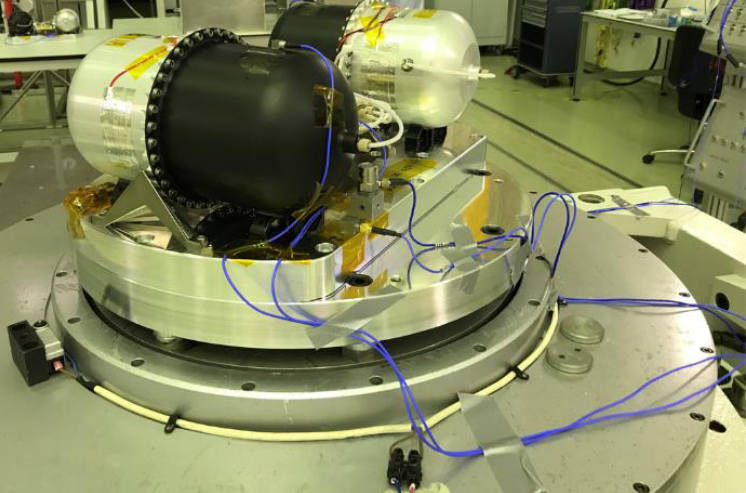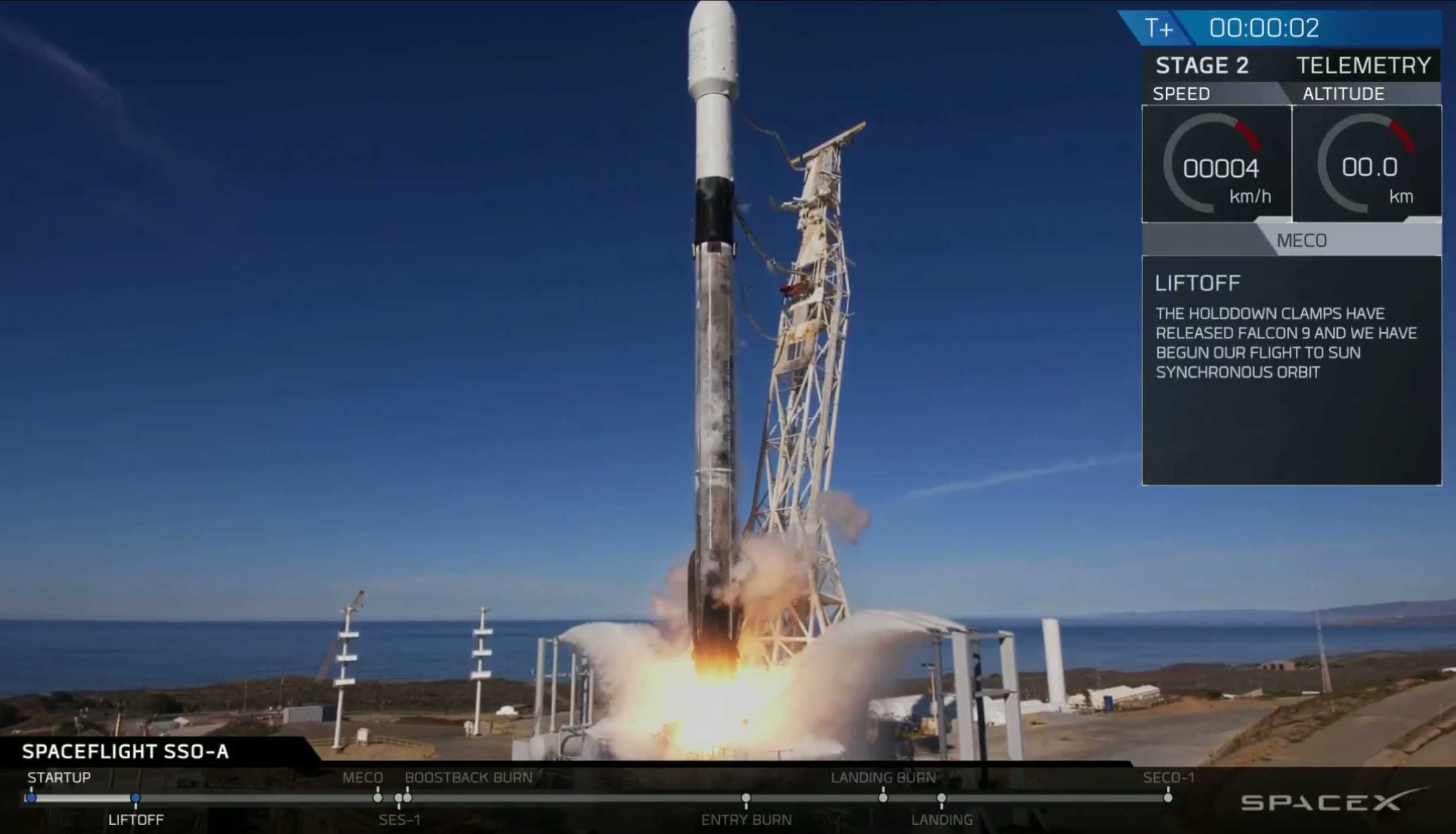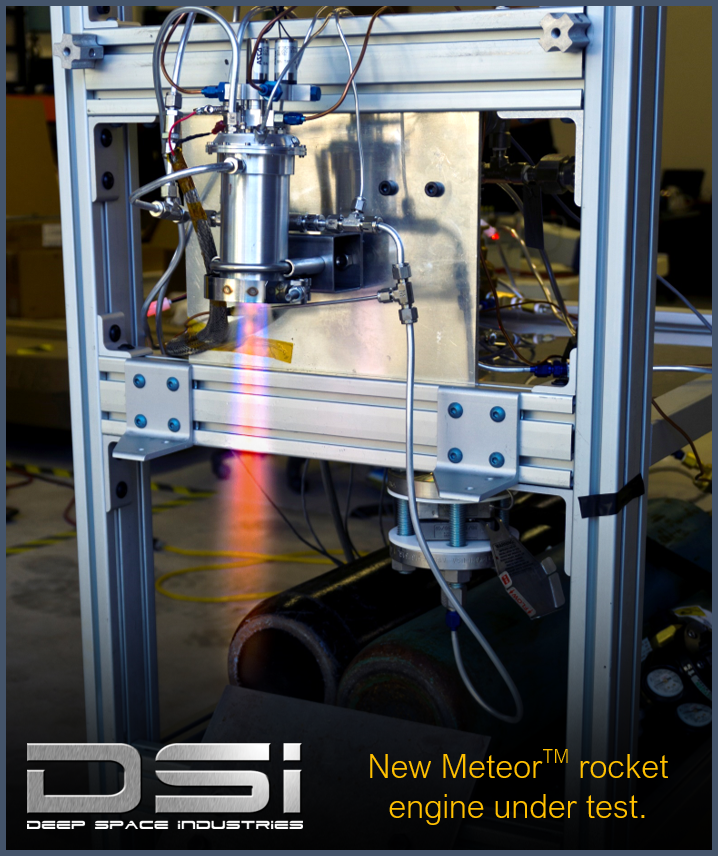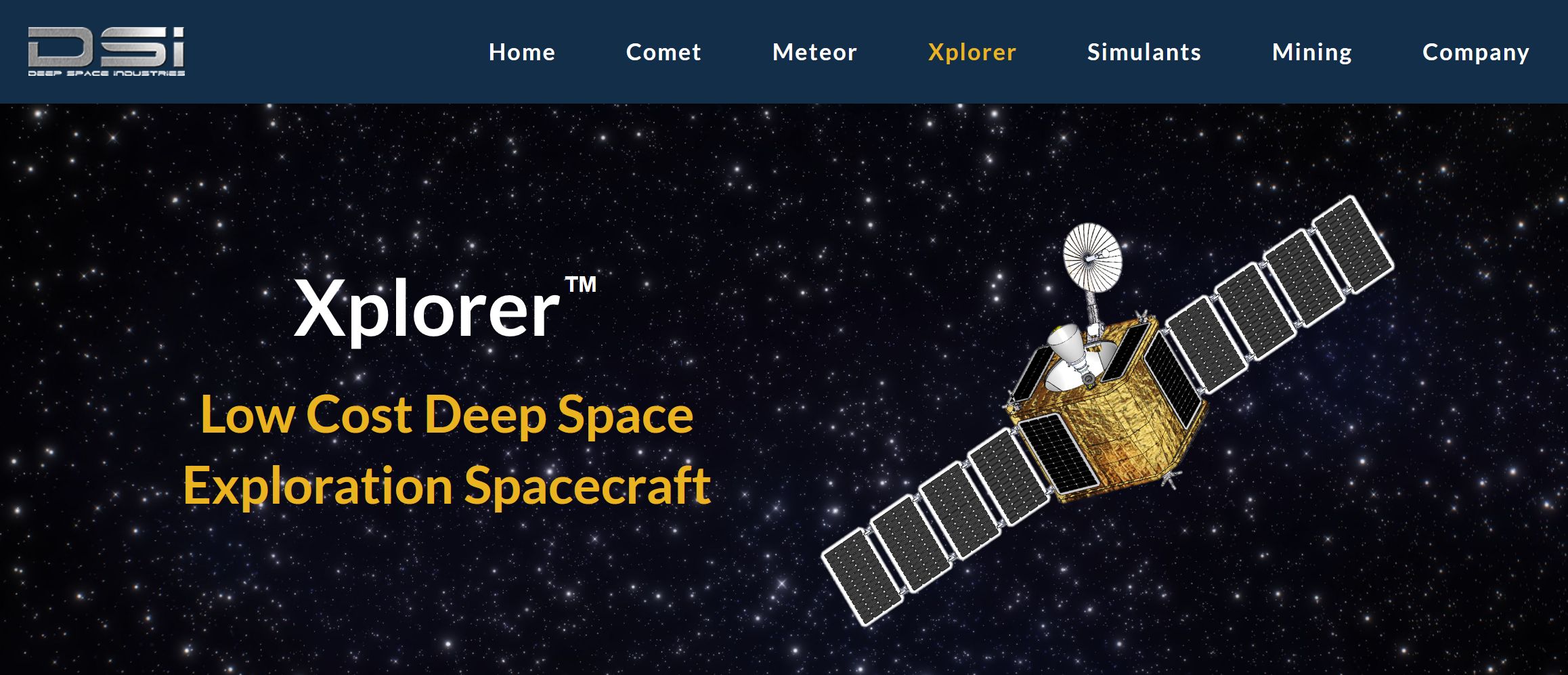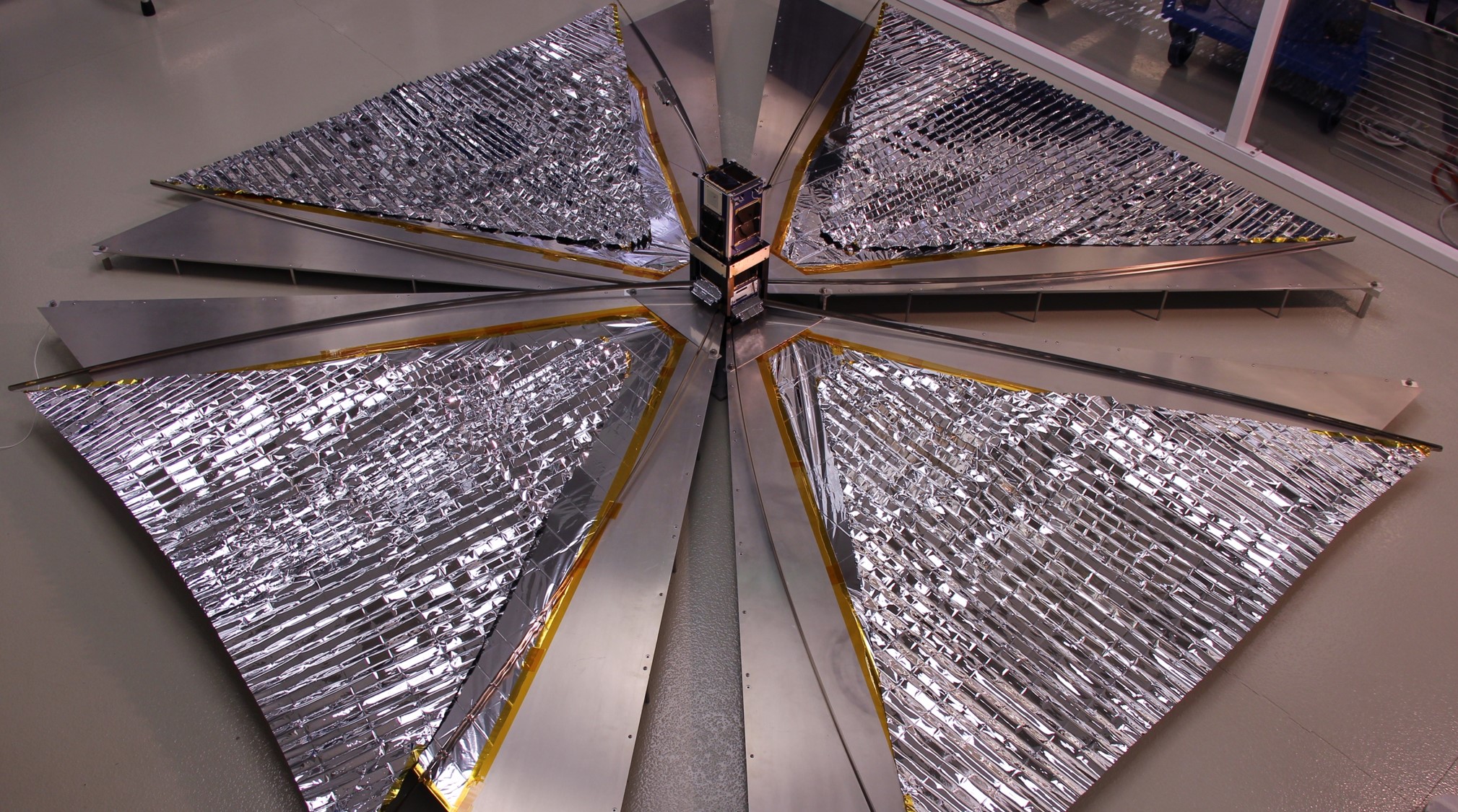Mechanical designer of structures, mechanisms, and propulsion (among other things).
Spacecraft Research & Development
Consulting & contracting services are available. Work with clients and employers includes:
R&D at Rocket Lab
In 2022 I joined Rocket Lab to work with the Space Systems division; where I contributed to design & production of avionics packaging for power & communications systems on various spacecraft, shown below.
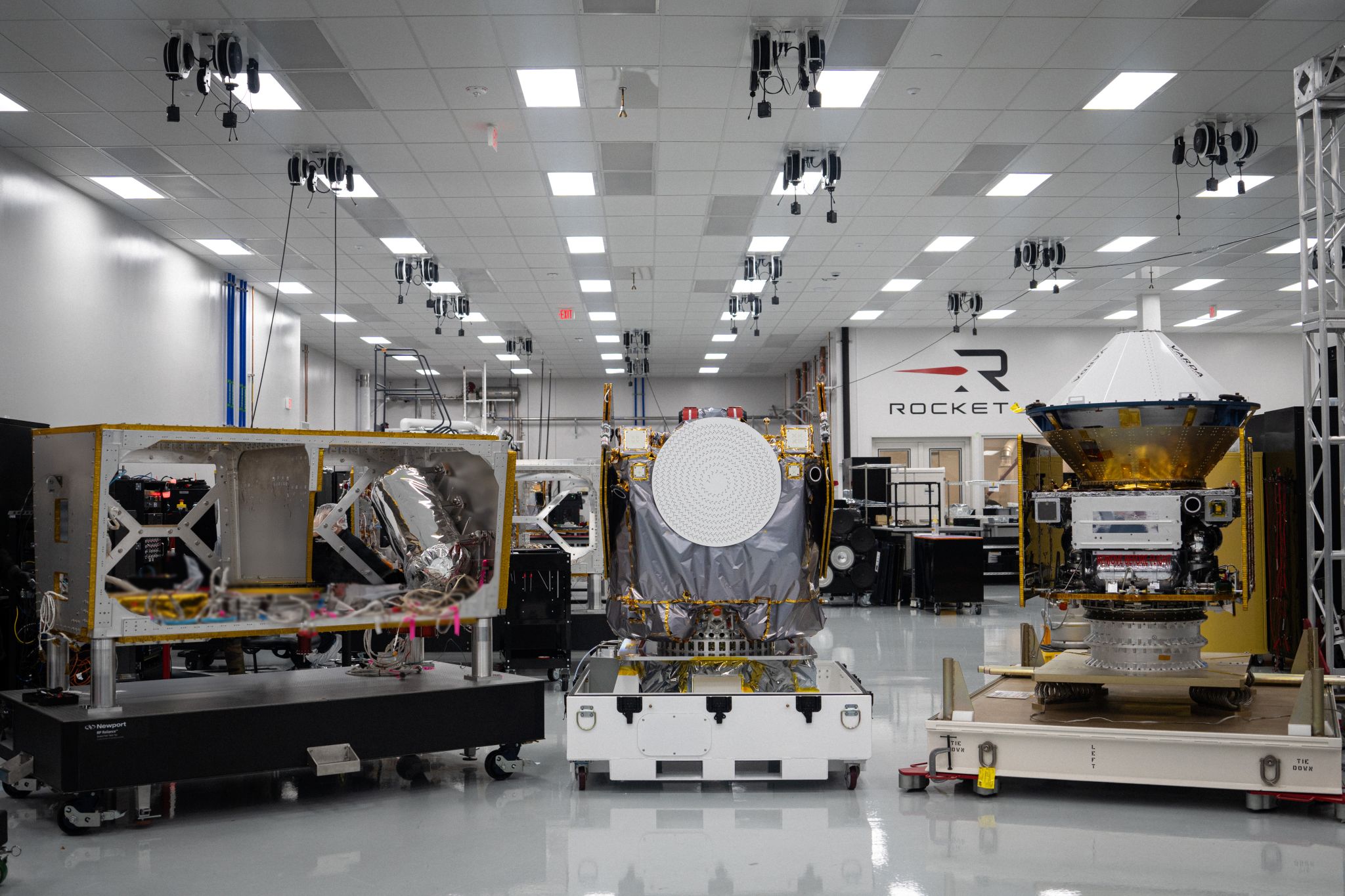
R&D at Bradford Space
In 2020 I joined Bradford Space to work with a newly formed spacecraft division; where I worked on propellant tanks and propulsion systems emphasizing design for manufacturability. Among other things, I also contributed to development of the DAPPER radio cosmology mission.
R&D at Deep Space Industries
During the first space resources bubble in 2016 I joined Deep Space Industries, the world's second asteroid mining company (depending on how you count). Working at DSI I designed, analyzed, and built positive-expulsion propellant tanks for the Comet line of resistojet water thrusters.
The first Comet systems formed part of four spacecraft launched into low Earth orbit by one of the early re-used Falcon 9 vehicles on 3 December 2018. Since then, somewhere around twenty more Comet systems have flown.
Also at DSI, I contributed to the Meteor bi-propellant rocket thruster (below), as well as the Prospector & Xplorer spacecraft concepts.
(Believe it or not, as of 2025 asteroid mining is a thing again; with vastly more funding than DSI ever had, we wish them godspeed.)
Mechanical Design and Development
of a Modular Drag Sail for the CanX-7 Nanosatellite Mission
CanX-7 was a small satellite incorporating a drag sail payload that I designed and built at the Space Flight Laboratory of the University of Toronto Institute for Aerospace Studies. The payload consists of four modules deployed to form a large square sail to de-orbit the satellite at its end of life. This video depicts one of the many ground tests of a single drag sail module. (I am behind the camera, muttering "beauty!")
The sail incorporates coiled metallic tape springs and metallized polyimide film in a low-friction damped deployment mechanism. The illustrations below from the M.A.Sc. thesis [PDF] I published in 2014 show the components and forces at work. (The thesis was composed using Gingko, a writing application that organizes hierarchical text into ramifying columns of index cards. It is highly recommended.)
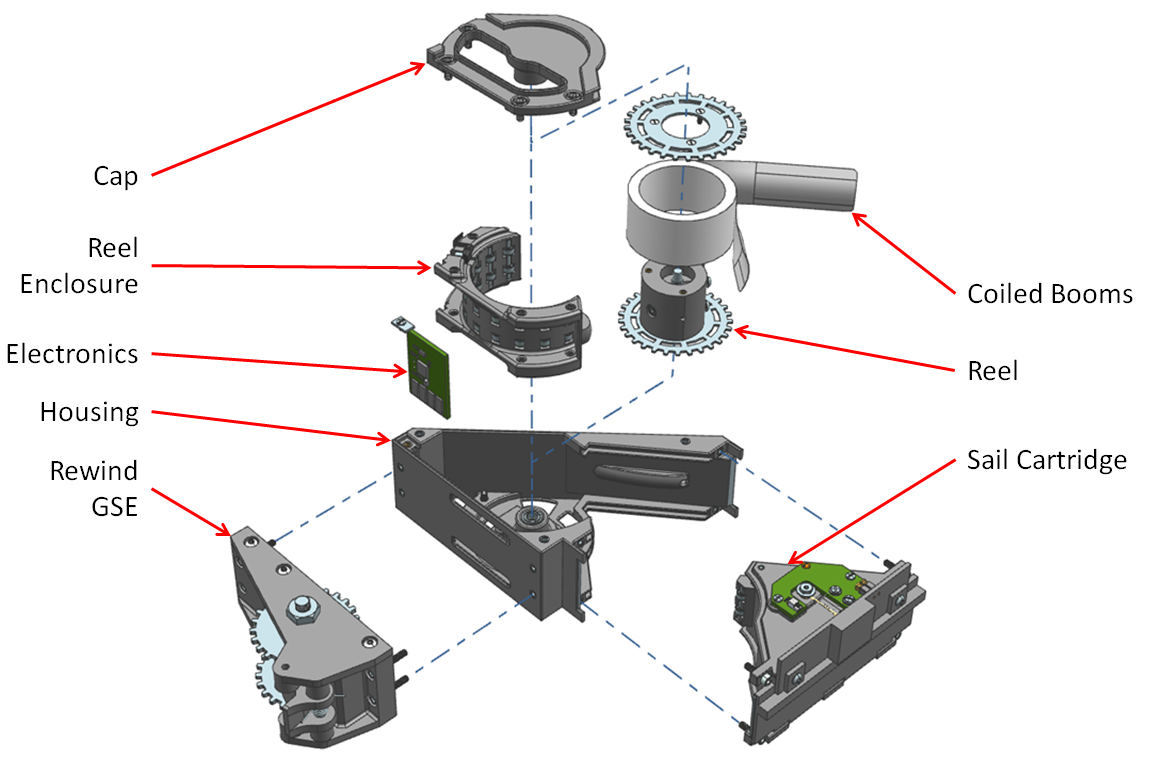
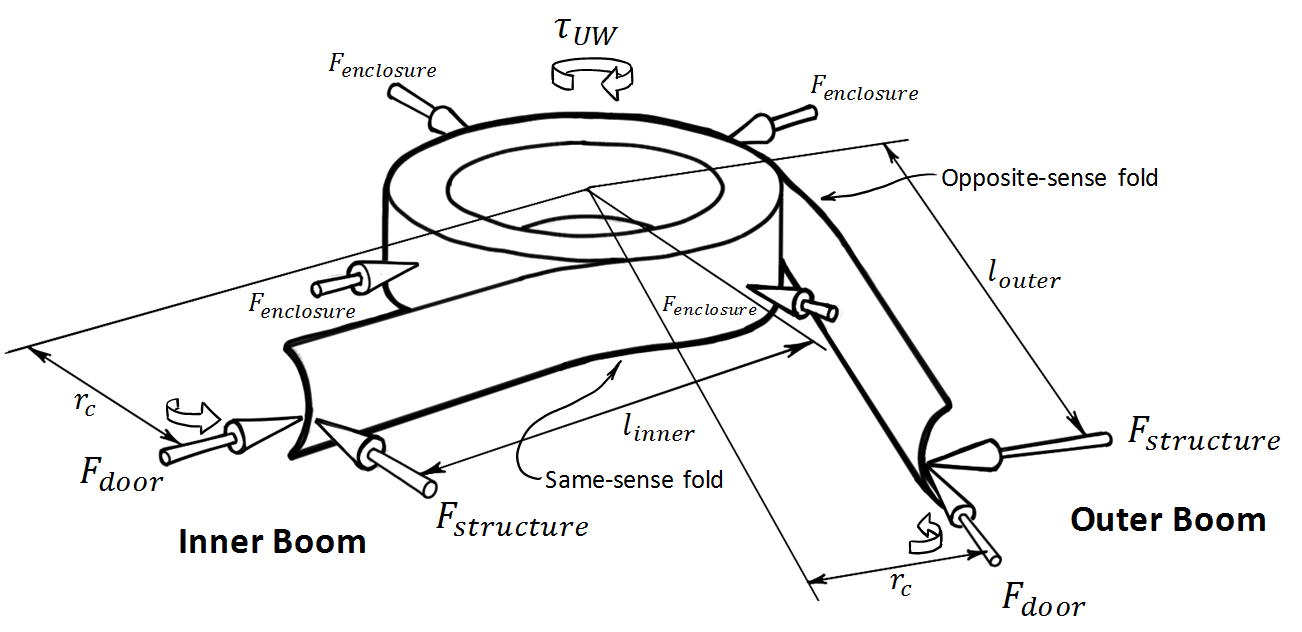

Some publications to which I contributed during development of the CanX-7 drag sail are: 2013 Smallsat paper [PDF] [HTML], 2012 Smallsat paper [PDF] [HTML], 2012 Summer Cubesat Developer's Workshop presentation [PDF] [HTML].
The PSLV-C35 launch vehicle carried CanX-7 to low Earth orbit on 26 September 2016.
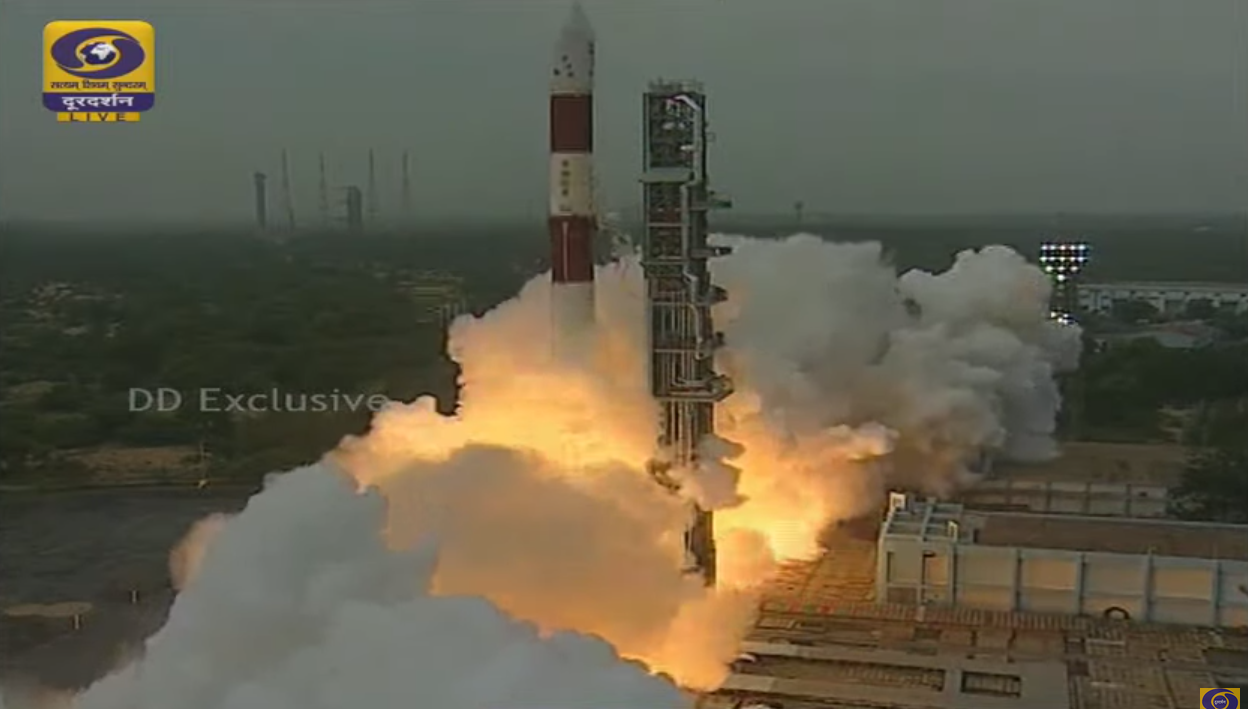
The drag sail deployed successfully in May 2017 at roughly 700 km altitude, and it re-entered four years later in April 2022; its natural decay hastened by more than a hundred years.
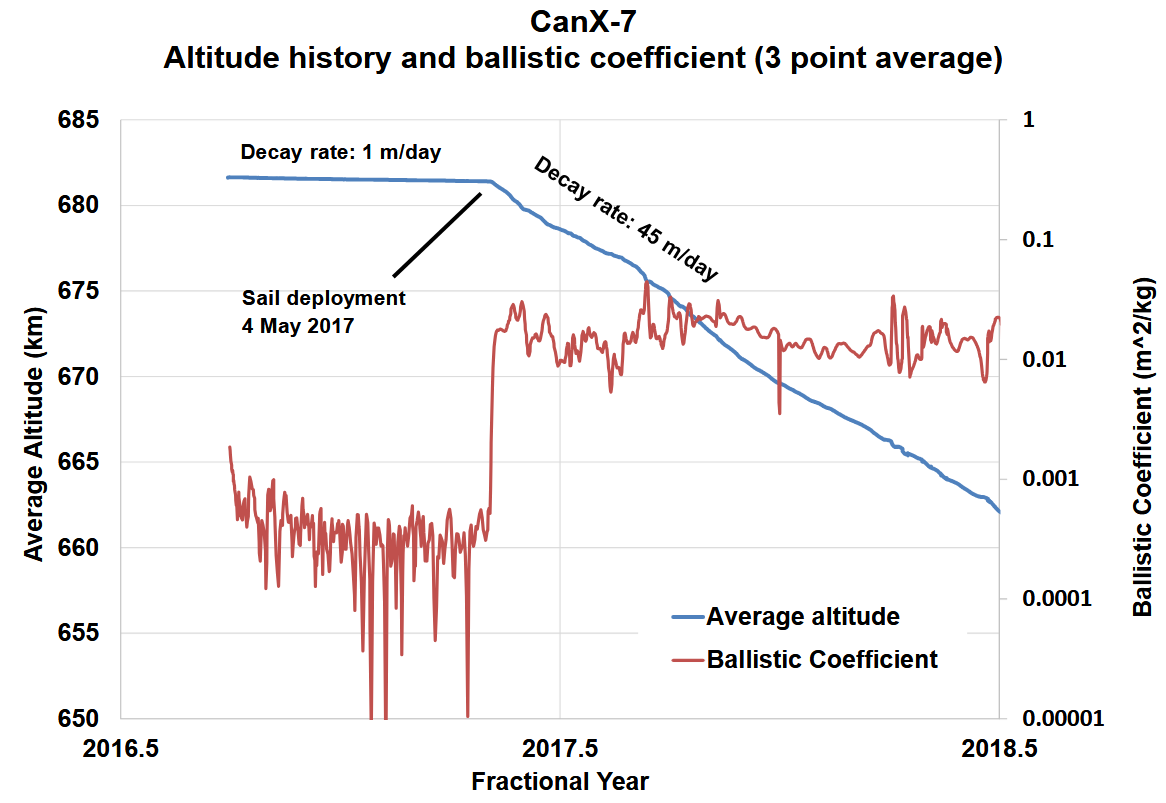
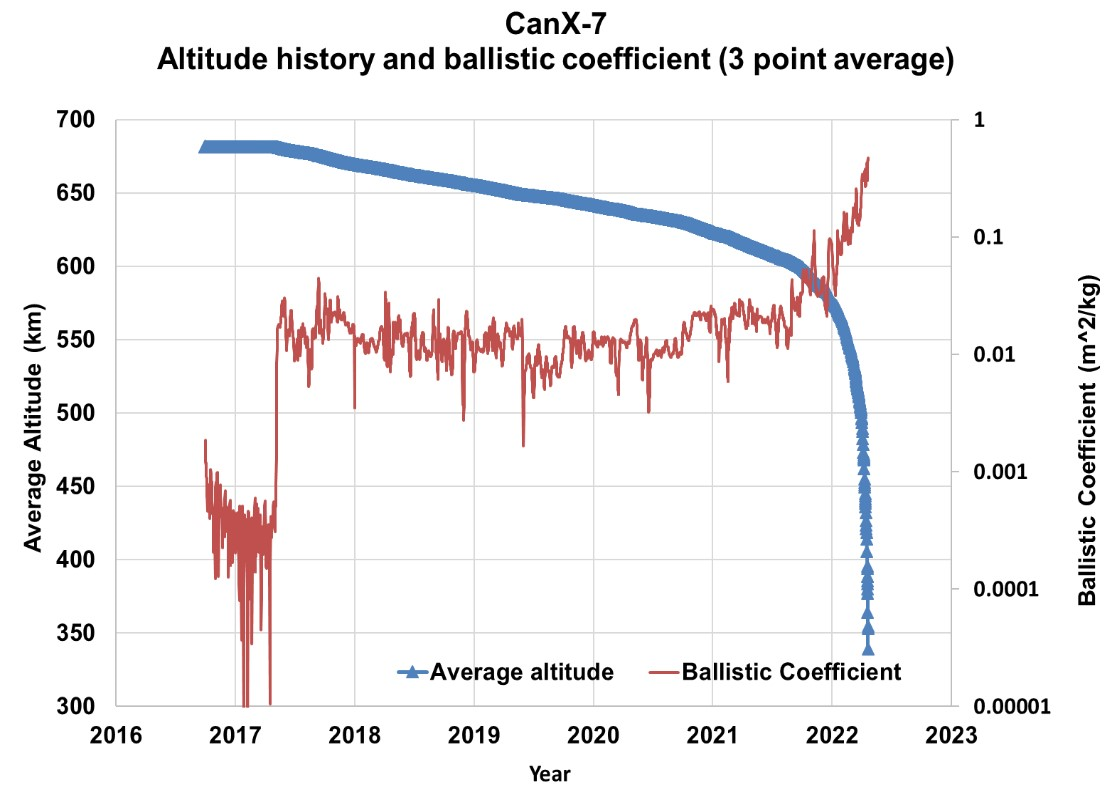
Past projects...
Concept Sketches
In my design practice, I make extensive use of concept sketches to communicate with others; often illustrating people's ideas during conversation to reach consensus.


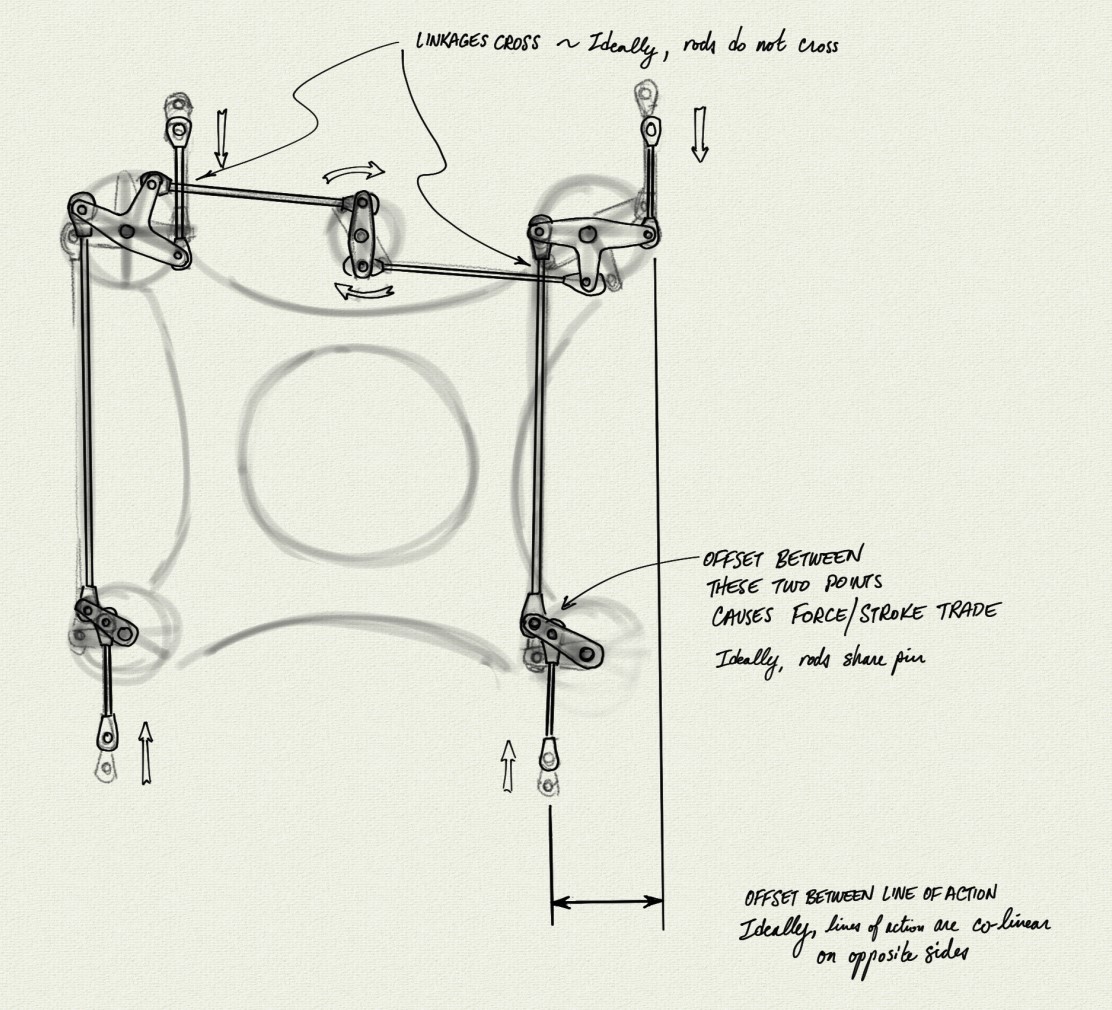

Recent Photos:
I share a name with several people; including a Jesse Hiemstra in the Netherlands, who from time to time signs up for services using my Gmail address; as well as people on various social networking sites (Facebook, Twitter, Pinterest, Instagram, etc.) where I am not a member. While do I reluctantly have a "LinkedIn" profile, correspondence by email is vastly preferred:

Proudly hosted by NearlyFreeSpeech.


